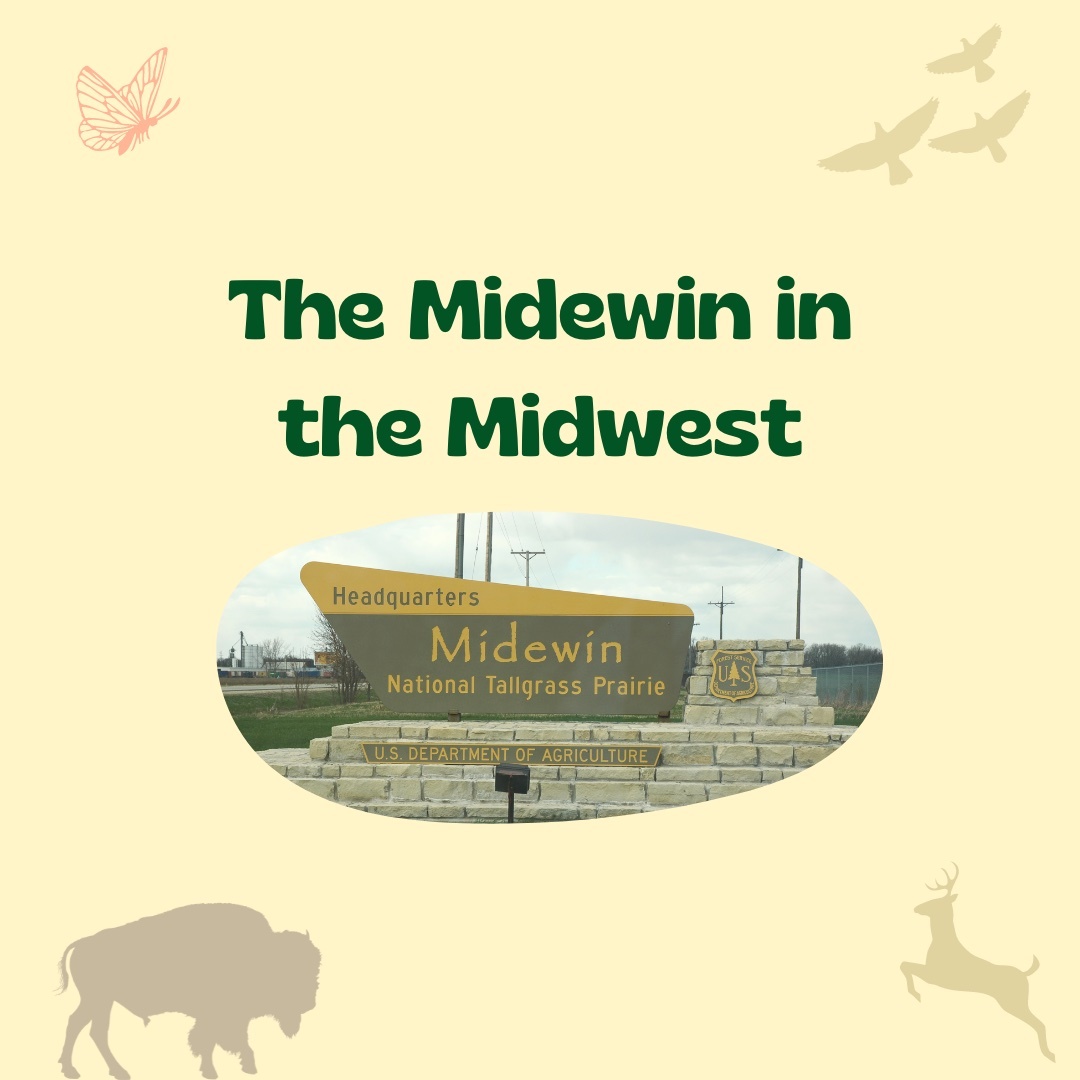Weaving our World with Biomimicry
By Veronica Villanueva, C2ST Intern, Rush University
When we develop new technologies, we rely on our knowledge of physics, chemistry, biology, and math to produce the best outcomes. Sometimes, it’s easier to take ideas from the world around us instead of having to “reinvent the wheel.” Biomimicry is when we model materials, structures, or systems based on biological processes and entities.
One of the best known examples of biomimicry is velcro(1). In 1941 George de Mestral noticed that burrs were sticking to him and his dog as they walked. When he looked at the burrs under a microscope, he saw they were made of hundreds of tiny hook shapes. These tiny hooks inspired the creation of velcro.





